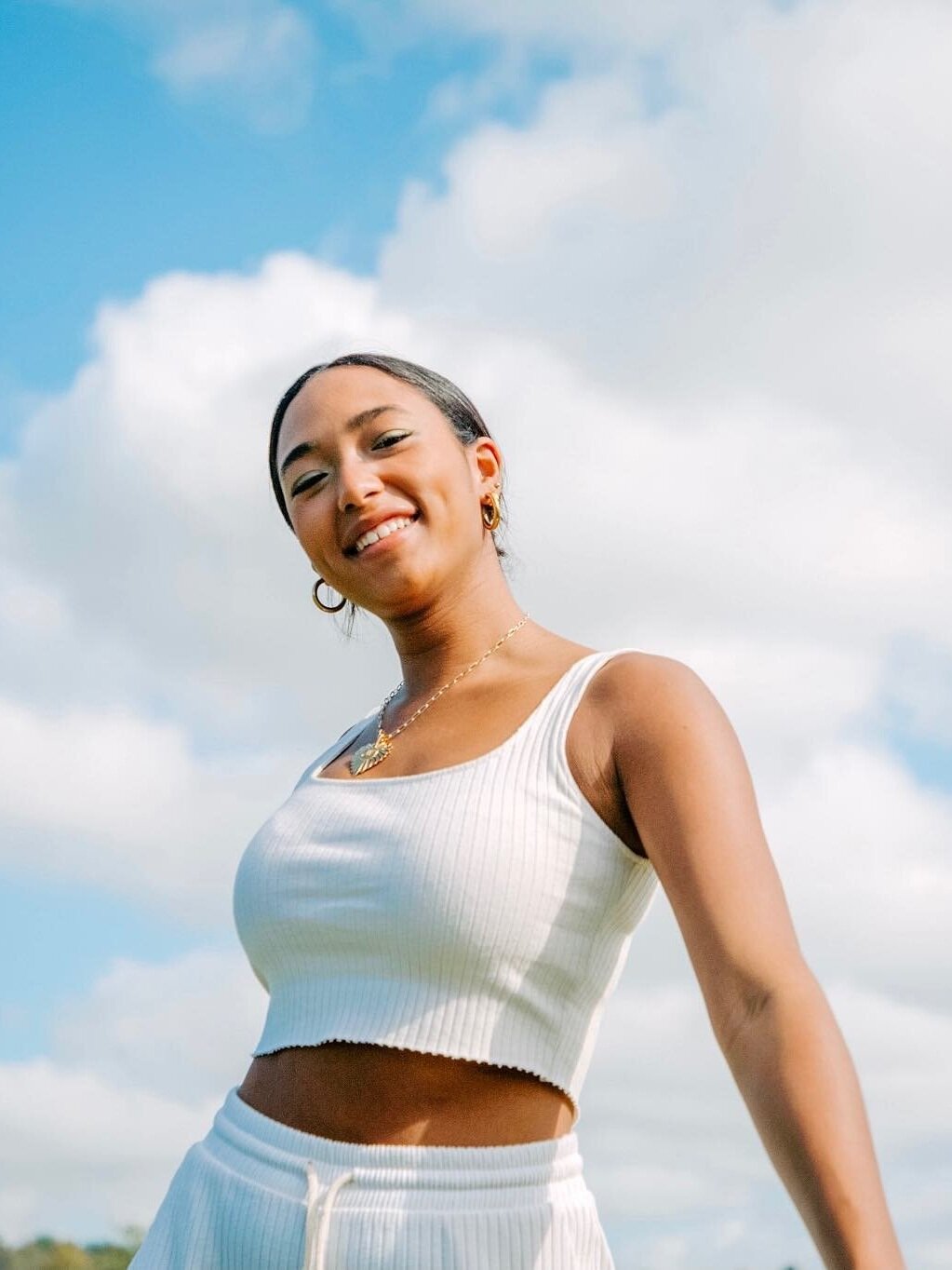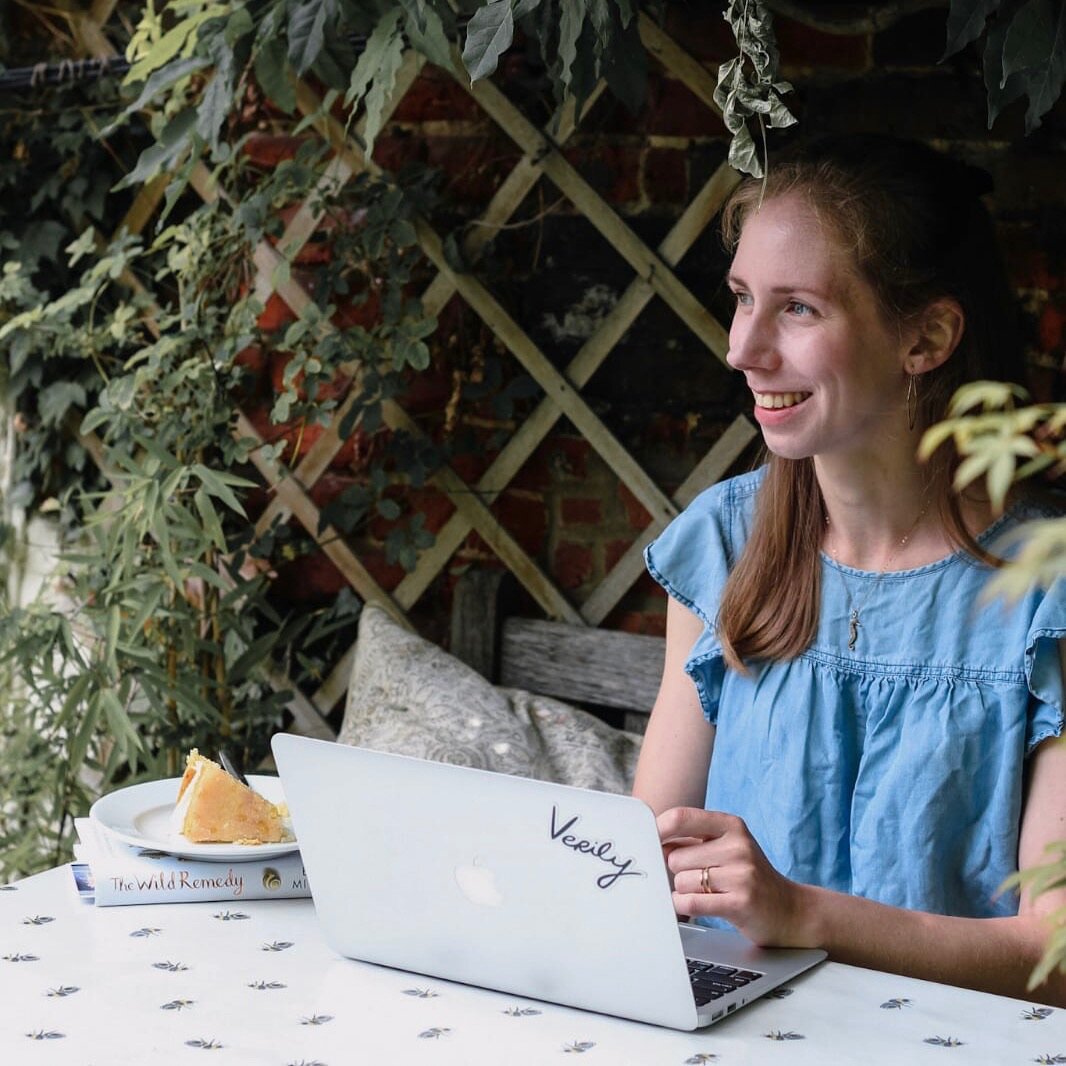Could Circular Fashion Put an End to Clothing Waste?
image from For Days
A Guide to Circular Fashion
Circular fashion has become a bit of a buzzword in sustainable fashion circles lately, and with good reason. While many conscious consumers focus on the origin of their clothes—where and how it was made—the latest information we have about clothing waste is prompting a growing concern over the equally important question of where our unwanted clothes end up.
The amount of clothing Americans discard each year (usually into landfills and incinerators) has reportedly doubled in the past 20 years. We’ve all seen the images of towering piles of clothing waste dumped in African countries; given that plastic-based fibers like polyester and lycra can take a minimum of 200 years to decompose in landfill, releasing large amounts of toxic chemicals into the surrounding environment as they do so, these images and statistics are deeply troubling.
Within living memory, we’ve started to forget the art of properly caring for, repairing, and making the most of our clothing. “In the last few decades the fate of ‘old’ garments has changed beyond recognition,” writes ethical fashion journalist and author Lucy Siegle in her book To Die For: Is Fashion Wearing Out the World? “Not very long ago, even within the framework of readymade garment production, our clothes had many lives: they became hand-me-downs, you could resell or swap them, their use was continuously extended by sewing and alteration.”
Circular fashion is an approach that aims to tackle the root causes of the fashion industry’s systemic problems by changing the life-cycle of our clothes and tackling the problem of clothing waste head-on.
What Is a Circular Economy?
Before we look at how circular fashion works, we need to explore what the circular economy model is more generally. A circular economy is a system that doesn’t require us to use up any more of earth’s finite resources in order for the economy to function and thrive. There wouldn’t be any waste within a truly circular economy because everything would be constantly reused and given new life as another product.
Right now, we mostly operate in a linear economy, which means that we take resources (harvest, mine, produce in labs), use them up, and then discard them when we no longer want them. In contrast, a circular economy would use minimal new finite resources, reuse and repair what we have, and then turn any unwanted materials into something new—and repeat. As the Ellen MacArthur Foundation puts it, “waste and pollution are largely a result of the way we design things”, i.e. a design flaw that could be avoided with some innovative thinking.
The circular economy philosophy is not actually new, and has been around in different manifestations for centuries. One manifestation known as the “cradle-to-cradle” design philosophy is the polar opposite of “planned obsolescence”, an idea which emerged in America in the 1930s in efforts to boost the economy and encourage more spending during the Great Depression. Instead of designing things with deliberate flaws so that they’ll become worthless within a relatively short space of time, the cradle-to-cradle and circular economy approach urges designers to take responsibility for the entire “life cycle” of a product.
As designer and campaigner Orsola de Castro writes in her new book, Loved Clothes Last, “except for the small percentage of fibers that are turned back into other fibers… everything you have ever owned, and thrown, is still here, in one shape or another: either enriching someone else’s life, because it is true that one person’s trash can be another person’s treasure, or poisoning a landfill close to your home, or close to somebody else’s home.”
What Is Circular Fashion?
Circular fashion, sometimes also called closed-loop fashion, is an approach to making and wearing clothes that considers the environmental impact of a piece of clothing from start to finish.
Circular fashion brands will reuse materials rather than consuming new resources, as well as designing a high-quality product that will last as long as possible. Brands embracing the circular fashion model will also often encourage their customers to return items that they no longer want to be swapped for something “new” or to be used as raw materials to create the next product.
4 Circular Fashion Brands For Your Wishlist
There are so many inspiring circular fashion and closed-loop brands out there, proving to the rest of the industry that it can be done. On top of that, they’re also reminding conscious consumers—and future conscious consumers—that having an ethical wardrobe can be a whole lot of fun, as well as feeling good.
While many brands are taking steps towards a circular economy by using recycled materials in their products, some brands are going the extra mile to consider the origin and destination of their materials and garments from start to finish.. Here are four brands who are taking the idea of a circular economy to new, innovative heights:
For Days
This casualwear brand for men and women prides itself on the fact that 100 percent of their products are recyclable. In their own words: “We plan and design for the end of life at the beginning to make sure everything we make goes into future products. This is a Closed Loop and it is how we will change the world.” Once you own a For Days product, you can then choose to send it back and get store credit for a new product if you want, and they turn your unwanted clothes into new fiber.
Mud Jeans
This is a European jeans brand for men and women that you’re going to want to know about: every pair of unwanted or worn-out MUD jeans returned to them is recycled into a new pair in a zero-waste system that uses 92 percent less water than the average pair of jeans. They encourage their customers to “lease” a pair of jeans with small monthly payments, and give you the option to either keep or swap your jeans after 12 months. It’s a really smart system that makes ethical clothing much more affordable.
Unfortunately, international shipping to the USA is pretty pricey. However, with the option of spreading your payment for the jeans over 12 months, it’s still one of the most affordable ways to wear ethical jeans.
tonlé
tonlé is an impressive women’s and gender-neutral brand pursuing its goals of a zero-waste process (that includes a circular fashion re-sale platform) and fashion justice with passion and transparency.
You can purchase items new or pre-loved via the Open Closet section of their website, where you can also trade in any old tonlé pieces that you no longer want in exchange for store credit for your next purchase.
The R Collective
The R Collective is an upcycled women’s fashion brand based in Hong Kong. Their mission is to reduce the estimated 92 million tons of textile waste created in the industry every year by rescuing unwanted textiles that would otherwise have been sent to landfills by premium fashion brands. They work with sustainable fashion designers from around the world to create limited edition collections, and while they’re on the more luxury end of the circular fashion spectrum, they’re definitely a brand to remember, particularly if you’re looking to splash out on an exquisitely-made, unique coat, or smart jacket.
How to Embrace Circular Fashion Without Spending a Dime
One of the great things about embracing circular fashion is that you don’t even have to spend any money to be a part of the change. You’re participating in a circular economy simply by taking good care of your existing clothes, making sure to wash and dry them in the gentlest and most eco-friendly ways, as well as altering and repairing rather than throwing away or donating your unwanted or damaged clothing (in To Die For, Lucy Siegle highlights the fact that many charities send clothing that they can’t sell to landfill—something to think about before you Marie Kondo your wardrobe for Spring).
Consider swapping clothes with a friend or online, and if you’re at all comfortable with a needle and thread, embrace the visible mending trend to turn a piece of worn clothing into a fresh work of art that you can enjoy for many more years to come.
If sewing isn’t your thing, don’t worry: there are plenty of exciting new businesses emerging to support us in our efforts to repair and re-use clothing. Sojo is a new UK-based startup that aims to make alterations and repairs more accessible, with an app that makes booking a “seamster” almost as easy as booking an Uber. While they’re currently only serving the city of London, they have plans to expand internationally as the idea gains traction.
Circular Fashion Is the Future We All Need
As writer and activist Aja Barber warns, it’s unrealistic and unfair to expect the most marginalized members of society to change their fast fashion-buying habits. Fast fashion traps some of the most marginalized people in the world in a cycle of poverty that begins with the low wages and unhealthy working conditions of garment workers, keeps clothing prices low so it’s often the only kind of clothing people living in poverty can afford, and ends with the polluting dumping of clothing waste near their homes. Circular fashion addresses the impact fashion has at both ends of the life-cycle of a piece of clothing, and as part of the wider circular economy model, could reduce carbon emissions by 48 percent by 2030 if fully embraced around the world.
As designer and campaigner Orsola de Castro says, the potential impact of an industry-wide shift towards circular fashion makes the choice to repair and reuse our clothes a truly revolutionary act. By choosing to consume less, reuse and repair more, as well as supporting circular fashion brands wherever possible, together we can reverse the ugly trend of clothing waste.
Sophie Caldecott is a freelance writer living in a cottage on the edge of the moor in the South-West of England. She writes about grief, empathy, ethical fashion, and the things that connect us and make us human. You’ll most likely find her cozied up by the fire with a mug of hot chocolate and a good book.








